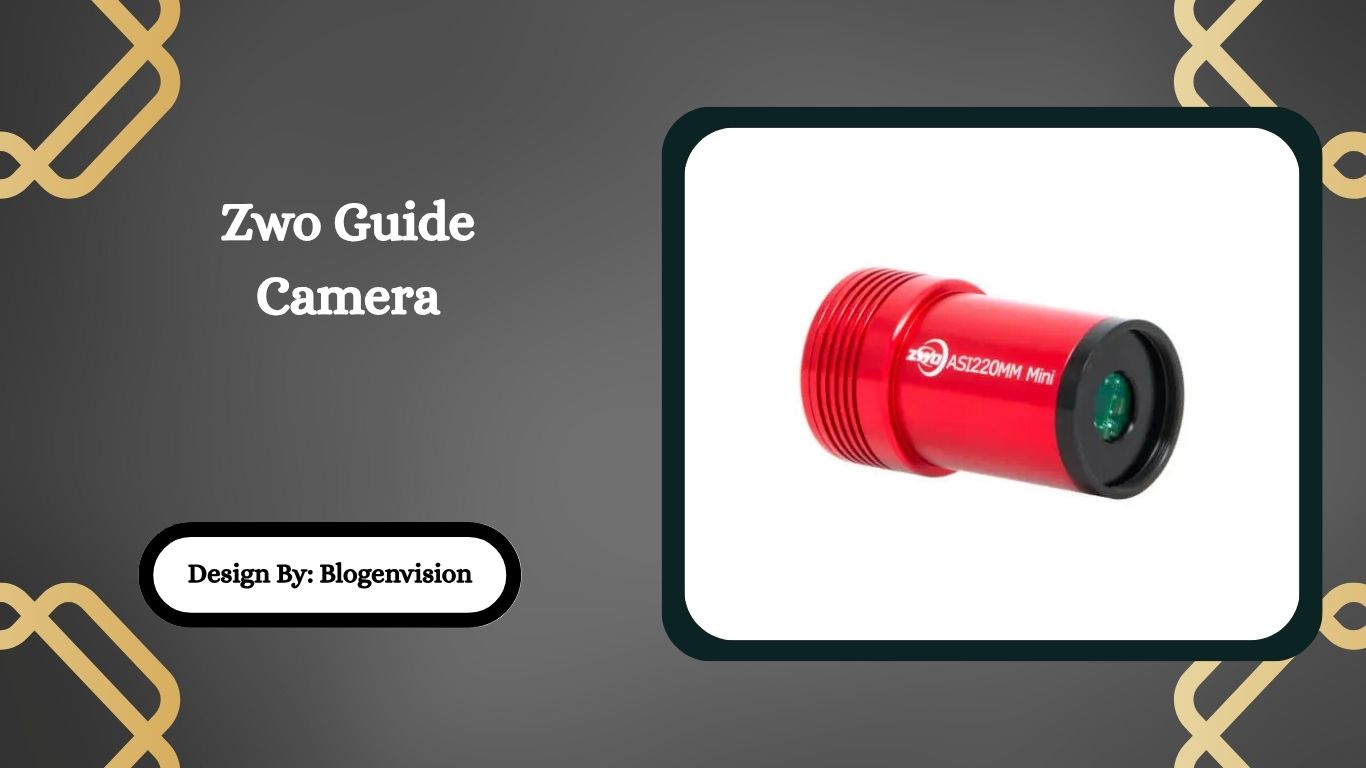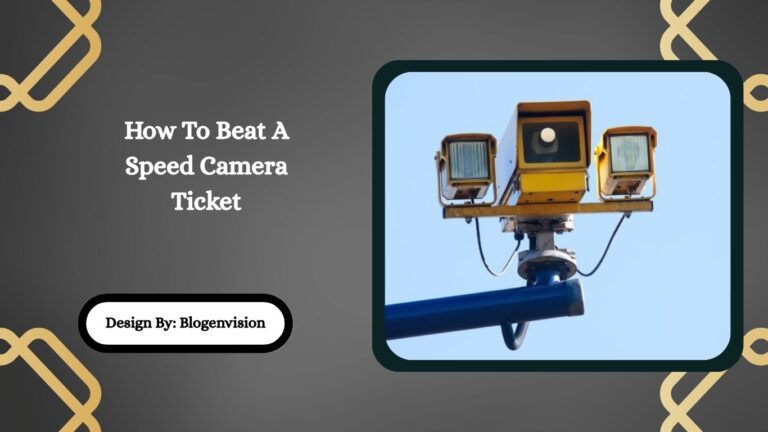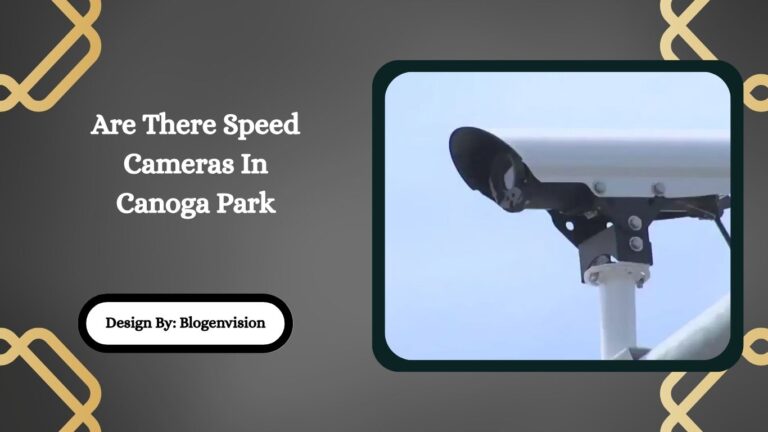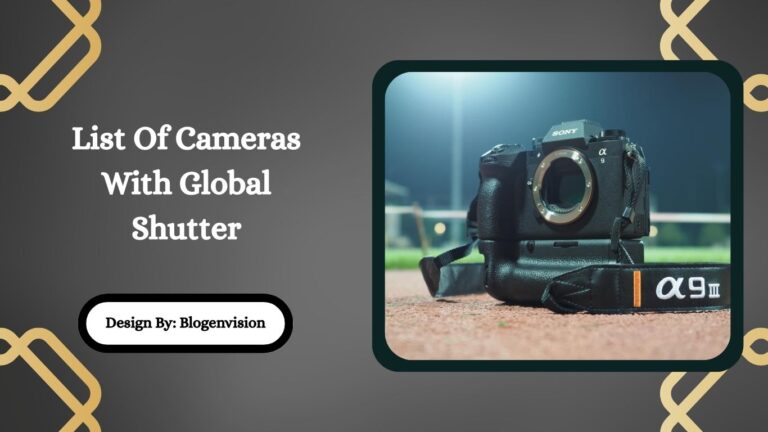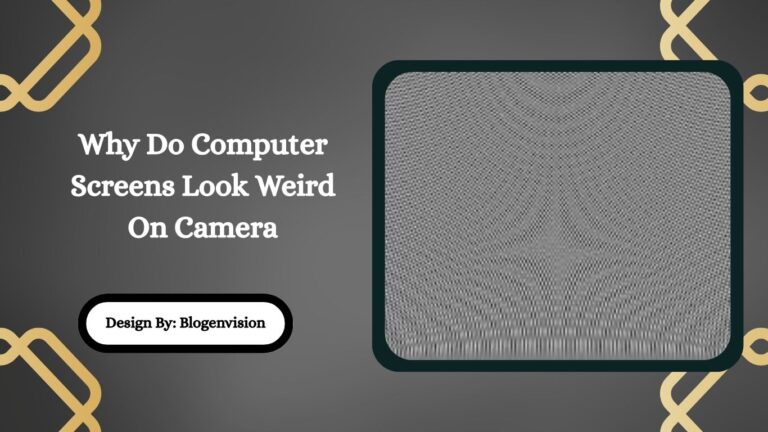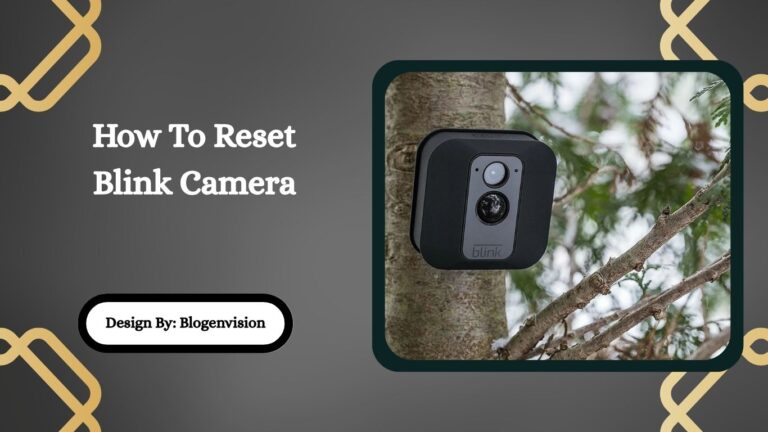Zwo Guide Camera – Astrophotography Enthusiasts Guide!
ZWO guide cameras enhance astrophotography by enabling precise autoguiding. Compact, sensitive, and software-friendly, they’re perfect for tracking celestial objects during long exposures with minimal star trailing.
When it comes to capturing sharp, long-exposure images of the night sky, having the right guide camera is just as important as your telescope or main imaging sensor. Among the most trusted names in astrophotography equipment, ZWO guide cameras stand out for their performance, reliability, and compatibility with various guiding setups.
In this in-depth guide, you’ll learn everything about ZWO guide cameras—what they are, how they work, top models, key features, and why they’re a smart investment for deep-sky imaging.
What Is a ZWO Guide Camera?
A ZWO guide camera is a compact astrophotography camera designed specifically for autoguiding. Autoguiding is the process of making small corrections to a telescope’s tracking system during long-exposure photography to keep the target object centered.
These cameras are typically attached to a guide scope or off-axis guider (OAG) and connected to an autoguiding software like PHD2. ZWO guide cameras detect deviations in a guide star’s position and communicate adjustments to the telescope mount, ensuring pin-point star accuracy.
Why Use a Guide Camera?

Even the most advanced telescope mounts have slight mechanical errors known as periodic errors, which can cause stars to blur or trail during long exposures. Guide cameras like ZWO’s help correct this by:
- Improving tracking accuracy
- Reducing star trailing
- Enabling longer exposures
- Increasing detail in deep-sky objects
Without a guide camera, your exposures are limited to the mechanical precision of your mount. With one, you can take multiple-minute exposures with sharp stars and more signal-to-noise ratio.
Overview of ZWO as a Brand
ZWO (Zhen Wang Optics), founded in China in 2011, has become one of the most respected manufacturers of astrophotography gear globally. Known for its ASI line of cameras, ZWO offers:
- Planetary cameras
- Deep-sky cooled cameras
- All-sky cameras
- Guide cameras
ZWO cameras are widely praised for their affordability, performance, and seamless integration with software like PHD2, NINA, SharpCap, and ASCOM drivers.
Best ZWO Guide Cameras in 2025
Here are some of the top-rated ZWO guide camera models used by amateur and professional astrophotographers:
1. ZWO ASI120MM Mini
- Sensor: 1/3” AR0130 monochrome
- Resolution: 1280×960
- Pixel Size: 3.75μm
- Key Feature: Excellent sensitivity in low light, perfect for guiding faint stars
- Best For: Beginners and budget-conscious users
2. ZWO ASI174MM Mini
- Sensor: 1/1.2” Sony IMX174 monochrome
- Resolution: 1936×1216
- Pixel Size: 5.86μm
- Key Feature: Large sensor and high dynamic range
- Best For: Advanced users, OAG setups, and large field of view
3. ZWO ASI220MM Mini (NEW)
- Sensor: 1/1.8” Sony IMX220 monochrome
- Resolution: 1920×1080
- Pixel Size: 4.0μm
- Key Feature: Exceptional sensitivity and lower read noise
- Best For: Deep-sky and faint star guiding in dark sky conditions
Features That Make ZWO Guide Cameras Unique
1. USB 2.0 or USB 3.0 Interface
ZWO guide cameras use high-speed USB for fast data transfer, ensuring real-time image analysis and reduced lag in guiding corrections.
2. Compact and Lightweight
Weighing less than 150g, most ZWO guide cameras won’t stress your telescope setup or require counterweights.
3. ST4 Port Compatibility
Each camera includes an ST4 port that connects directly to your equatorial mount for real-time guiding corrections, compatible with most major brands (Sky-Watcher, Celestron, iOptron, etc.).
4. Sensitive Monochrome Sensors
ZWO guide cameras use monochrome sensors to maximize light sensitivity—ideal for locking onto faint stars that may not be visible through color sensors.
5. Seamless Software Integration
All ZWO guide cameras work perfectly with:
- PHD2 Guiding
- N.I.N.A. (Nighttime Imaging ‘N’ Astronomy)
- ASCOM platform
- Astro Photography Tool (APT)
How to Set Up a ZWO Guide Camera?

- Mount the guide camera into a guide scope or off-axis guider.
- Connect the USB cable from the camera to your computer or imaging laptop.
- Plug the ST4 cable into your equatorial mount’s autoguider port (optional but recommended).
- Install drivers from ZWO’s official website.
- Open guiding software (like PHD2), select your camera, and calibrate.
- Begin guiding, and adjust exposure times and gain settings based on your guide star’s brightness.
ZWO Guide Camera Use Cases
- Deep-Sky Astrophotography: Capture galaxies, nebulae, and star clusters with long exposures using consistent guiding to avoid blur.
- Planetary Imaging Support: Use the guide camera for tracking accuracy while capturing planets with a main high-speed planetary camera.
- Remote Observatories: ZWO guide cameras are reliable for remote setups due to their low failure rates and minimal power requirements.
Key Advantages Over Competitors
| Feature | ZWO Guide Camera | Generic Guide Camera |
| Driver Support | Excellent (ASCOM, INDI) | Often limited |
| Build Quality | High | Varies |
| Software Integration | Seamless | May require workarounds |
| Price-to-Performance | Competitive | May lack sensor efficiency |
| Sensor Sensitivity | High | Moderate to low |
Things to Consider Before Buying a ZWO Guide Camera
- Sensor Size and Pixel Pitch: Choose a camera with an appropriate sensor size to match your guide scope. Larger sensors provide a wider field of view and are better for OAG setups.
- Monochrome vs. Color: ZWO guide cameras are mostly monochrome because they are more sensitive and better suited for guiding. You don’t need color for autoguiding purposes.
- System Compatibility: Ensure your laptop or control system supports USB 2.0/3.0, and you’ve installed necessary drivers. ZWO’s website offers all relevant downloads.
- Mount Compatibility: Most ZWO cameras are universally compatible with ST4 ports and major equatorial mounts, but double-check specs to avoid cable issues.
FAQs:
1. Are ZWO guide cameras suitable for beginners?
Absolutely. ZWO cameras like the ASI120MM Mini are beginner-friendly with plug-and-play setup, broad compatibility, and affordable pricing, making them a great entry point into guided astrophotography.
2. Can I use ZWO cameras with an off-axis guider?
Yes. Models like the ASI174MM Mini or ASI220MM Mini are ideal for OAG setups due to their larger sensor size and ability to locate stars even in narrow fields.
3. Do ZWO guide cameras require a separate power supply?
No, they draw power directly from the USB connection, simplifying cable management and making them ideal for portable or remote observatories.
4. How do ZWO cameras perform in light-polluted areas?
Thanks to their high sensitivity and low noise, ZWO guide cameras can still lock onto guide stars even under suburban skies, though darker locations will offer better results.
5. What is the advantage of using a monochrome sensor for guiding?
Monochrome sensors are more sensitive to light than color sensors, allowing faster guide star acquisition and better tracking accuracy—essential for deep-sky imaging.
Conclusion
ZWO guide cameras are an essential tool for astrophotographers seeking sharp, long-exposure images. Their reliable tracking, software compatibility, and high-sensitivity sensors make them ideal for both beginners and seasoned stargazers. Whether paired with a guide scope or used in an OAG setup, ZWO cameras deliver precise corrections to keep your celestial targets perfectly framed. With affordable options and advanced models available, ZWO continues to set the standard in autoguiding. For any astrophotography setup, a ZWO guide camera is a wise investment.

